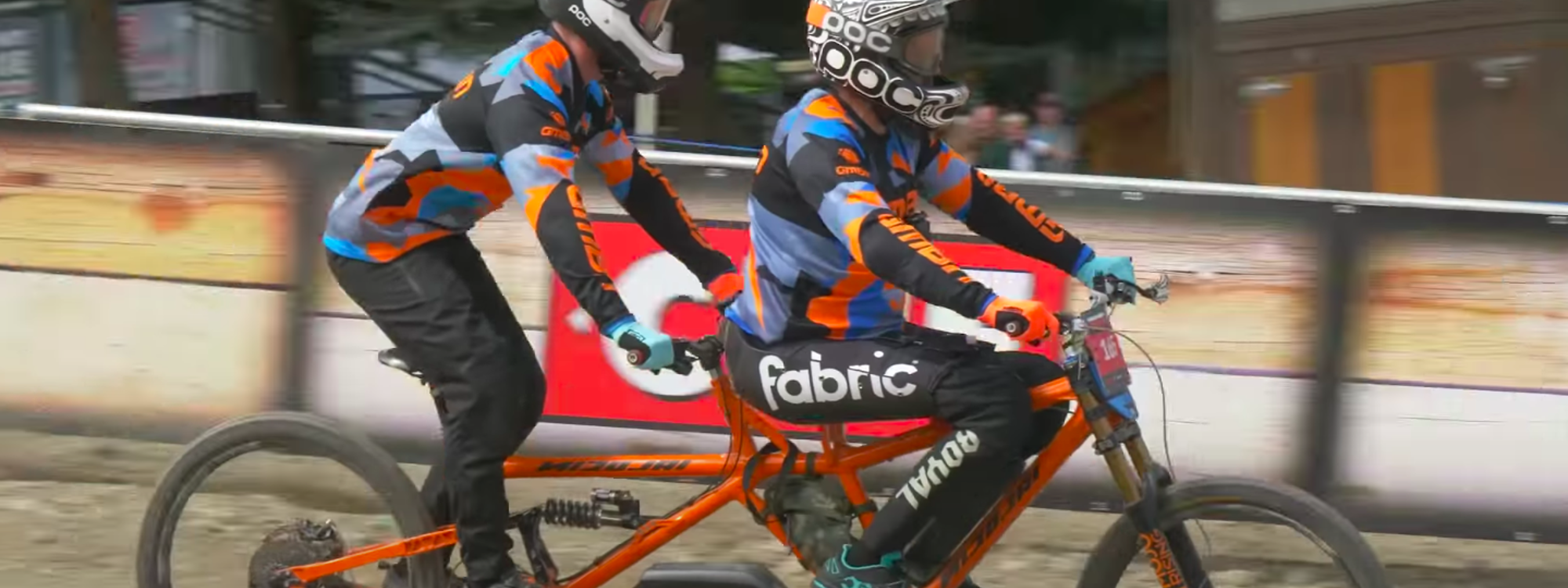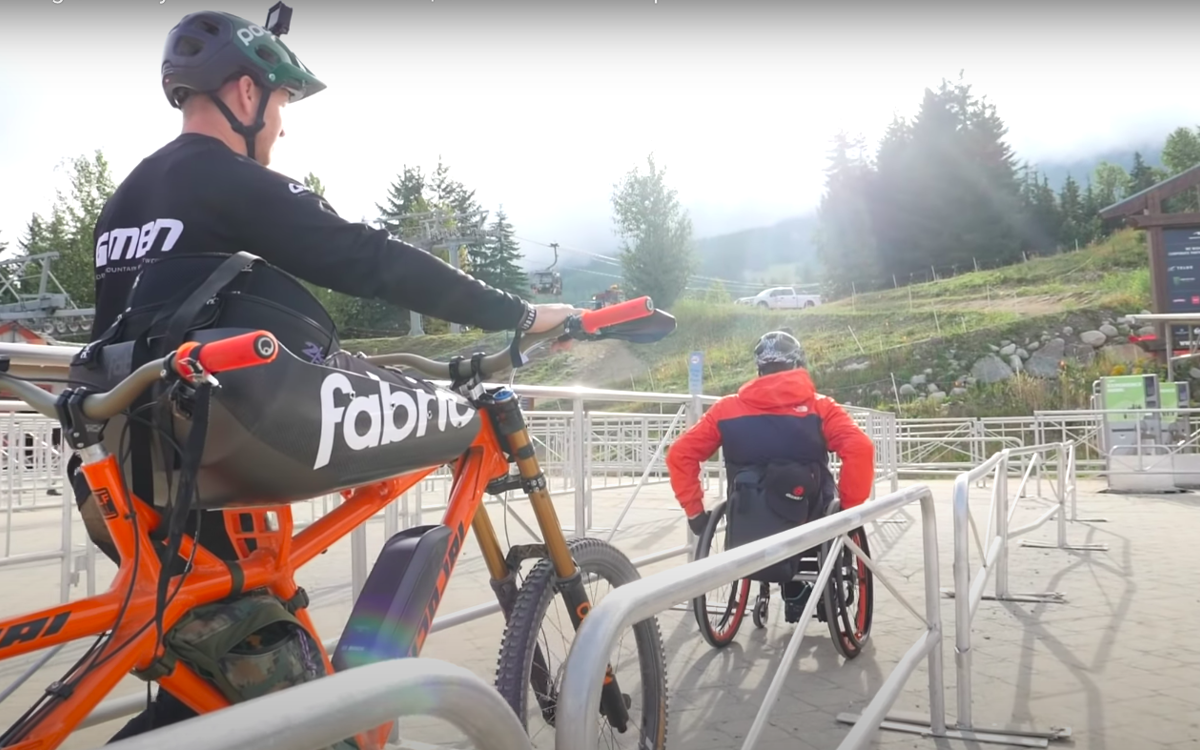
Random Tandem
When former British and World Champion mountain bike trials and stunt rider Martyn Ashton was paralysed in 2013, he was determined to get back on a bike. Initially using a commercially available sit-ski seat, it became apparent that the design would need modifying to suit his individual requirements, so he turned to bike accessory manufacturers, Fabric, and the NCC for help.
Specialists from the NCC worked with Martyn and Fabric to adapt a sit-ski design that the NCC had previously developed and customised for a different athlete. The seat geometry was altered to physically fit Martyn’s body, and the structure was optimised to ensure support was provided in the specific areas he needed. To achieve this, the team developed a modified material layup to better deal with the various forces being applied to certain areas of the seat – whilst some areas needed to be made stronger and stiffer, others had to be more compliant.
“The NCC and Fabric structured a fantastic initial brainstorm meeting that allowed the numerous personnel who would be working on the project to have an understanding of my disability and the complications that come with it with regards to bike riding. I remember leaving that session really fired up about what the team at the NCC were going to create,” said Martyn.

With the seat intended to be fixed to a tandem bike that would be used in a series of videos Martyn was filming for the Global Mountain Bike Network (GMBN), the team needed to work quickly and so turned to 3D printing experts Dash-CAE to help create the tool that would be used to produce the part. The process was very successful, enabling the project to be completed at speed, and with the knowledge that in certain circumstances it is more cost-effective than traditional tool manufacturing.
As well as producing a lighter, safer, better performing and more comfortable seat for Martyn to use, the project showed that the concept of a universal adaptive seat could be applied to a range of sports equipment to enable people with disabilities to take part in their chosen sport, at both amateur and professional levels.
The project also allowed the NCC engineers to develop both skills and knowledge that can be used with other customers, particularly from the SME community where adaptability, quick turnarounds and cost-effective processes are often the key to success.
Chris Young, Head of Engineering Programmes at the NCC, added: “This was a great project for us to work on as it allowed us to really expand our understanding not only of this particular application, but also the potential that a universal adaptive seat has on a wider scale for athletes with disabilities. Through this, and our previous work on the sit-ski demonstrator we modified for Scott Hillier, we now have a greater knowledge of the wide range of considerations needed for an application like this. The potential for us to be able to make a difference and help para-athletes be able to participate in their sport is huge, as we can combine the understanding of the unique requirements each athlete will have with the bespoke, technological capability to make the best product for them.”
The Random Tandem videos Martyn has filmed for GMBN are watched by hundreds of thousands on YouTube.
Images copyright Play Sports Network.

